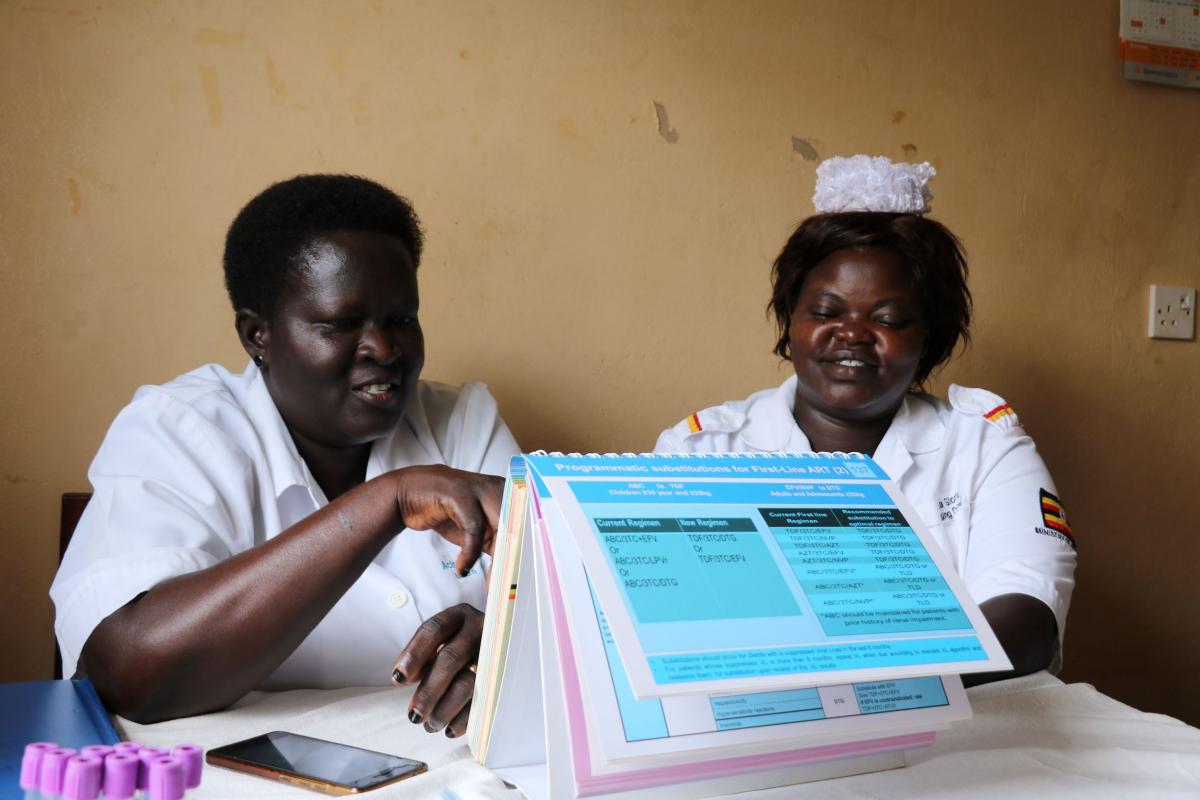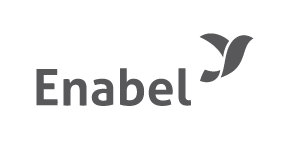Change in attitude of midwives attract mothers to deliver at health facilities in Acholi Region, Uganda
Teddy 24 yrs mother of 2, is 7 months pregnant with her 3rd child, she
delivered her 2 children at home. This time she is determined to deliver at the
health facility.
Teddy walks 13
kilometres from Gung Gung village to attend her ANC at Koch Li Health Centre
III. The day she is to attend ANC, she is on the road by 5 am so that she can make
it on time by 10am, be attended on time and by 1 pm she starts on her return
journey home.
Likewise, Concy 34 is a mother of six children. She lives a kilometre away
from Angaya HC III in Loyoboo village in Unyama sub county, Angaya parish. Her
3 months Calvin was born at Angaya health centre in June 2021 weighing 3.3 kgs.
All her babies were also delivered normally at health centres.
Most of the mothers I interacted
with at health facilities and in the community confirm that the attitude of
midwives has greatly improved, an issue that previously made them shun health
facilities. They say nowadays health workers are very welcoming and are
available all the time to assist mothers deliver.
Mothers say they are encouraged
to deliver at the health
facility unlike in the past when midwives were rude to mothers. Midwives today give special care to
pregnant mothers especially those coming from faraway places who arrive with
nothing, Concy reiterates, “when you arrive, you are given charcoal to prepare
meals. After delivery, you are given
sugar, a mosquito net, a bar of soap and a basin. At times we also provide
mothers with chlorixidine free of charge to mothers to clean their babies’
umbilical cords continues, Concy,
midwife.
Health workers also confirm the
incentives (bought by RBF funds) given to mothers have attracted more mothers
coming to deliver at the facility. They demonstrate that with results based
funding, midwives are given incentives depending on how many mothers they have
attended to, so they had to change their attitude in order to attract more
mothers coming to the health facility. Peace midwife reinforces “the incentives
provided to us is a positive driver, when you know you are going to get an
incentive, there is away you treat mothers too so that they come in big
numbers”. The DHO Amuru District Patrick validates the change in attitude of
midwives in handling mothers.
With additional RBF funding, some
health facilities have improved conditions for mothers and their attendants,
case in point, Angaya HC III has constructed a comfortable bathing shelter for
mothers and their attendants. There is also a cooking shade for attendants
where the facility provides free charcoal, a stove and a kettle. This issue had
come out during community dialogues where communities complained about the lack
of a bathing shelter at the facility and the delays mothers go through at the
facility.
According to Peace Maria, midwife at Angaya HC III, she says, facilities have
devised several modalities to attract mothers to facilities. They track
pregnant mothers from multiple entries (OPD, Maternity, ART and during
community outreaches. “We start all the way from OPD, we tell mothers that once
they miss their period, they are booked for ANC. This is because we want
mothers to test within the first 12 weeks and advise them on the subsequent ANC
visits”.
Additionally, when health
facilities organise community outreaches, they identify mothers who are almost
to deliver and attach them to VHTs for monitoring. Similarly, VHT members
during their family visits in the communities, they identify and encourage
mothers to go for antenatal and to deliver at the health facility. Kenneth a VHT member says they advise
mothers as soon as they confirm they are pregnant to come to the health centre
for ANC and it is while attending the ANC that we advise them to deliver at the
facility.
The Health Sector Performance
Report 2020 indicated a decline by 3% (59% in 2020) from (61% in 2019) out of
the deliveries conducted at health facility deliveries, still far below the
HSDP target 89%. We are optimistic the practice of every mother delivering at
the health facility with the help of a medical worker will continue. When they deliver at the health
facility, they will be advised on the best nutrition and in the long run Uganda
to attain a healthy and productive population by 2040 that effectively
contributes to socio-economic growth.
Enabel is supporting 38 health
Centre IIIs, IVs including general hospitals in the districts of Gulu, Gulu
City, Amuru, Omoro and Nwoya. With
additional funding, health facilities have invested the funds to address among
other issues, the low motivation of health workers by providing staff
incentives, poor infrastructure, frequent drug shortages and the inadequate
medical equipment.
Latest news from this project
No news

